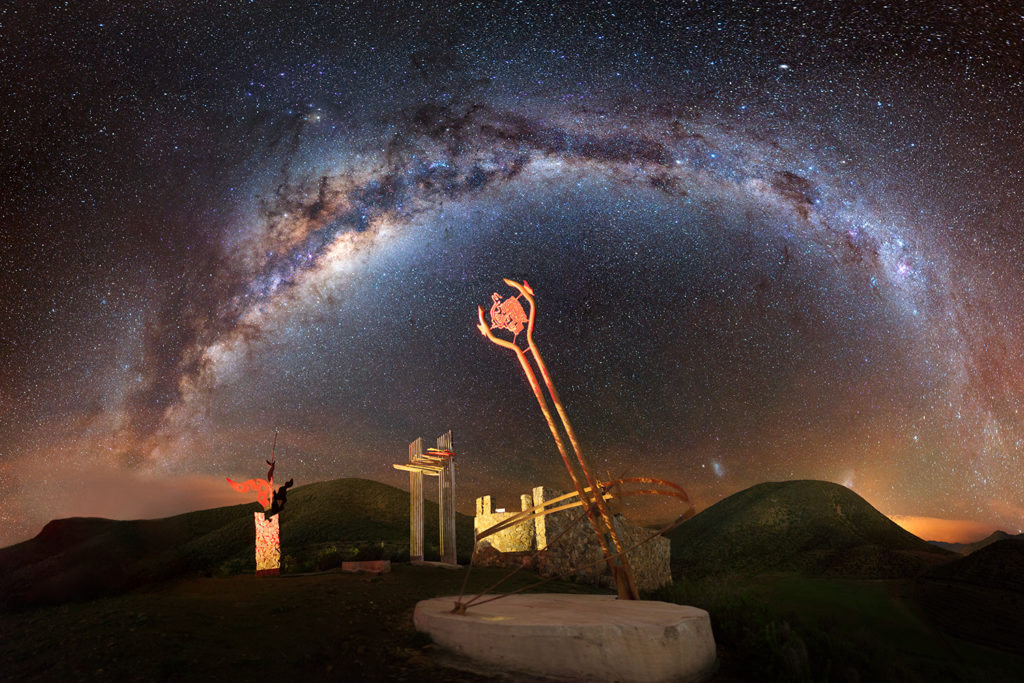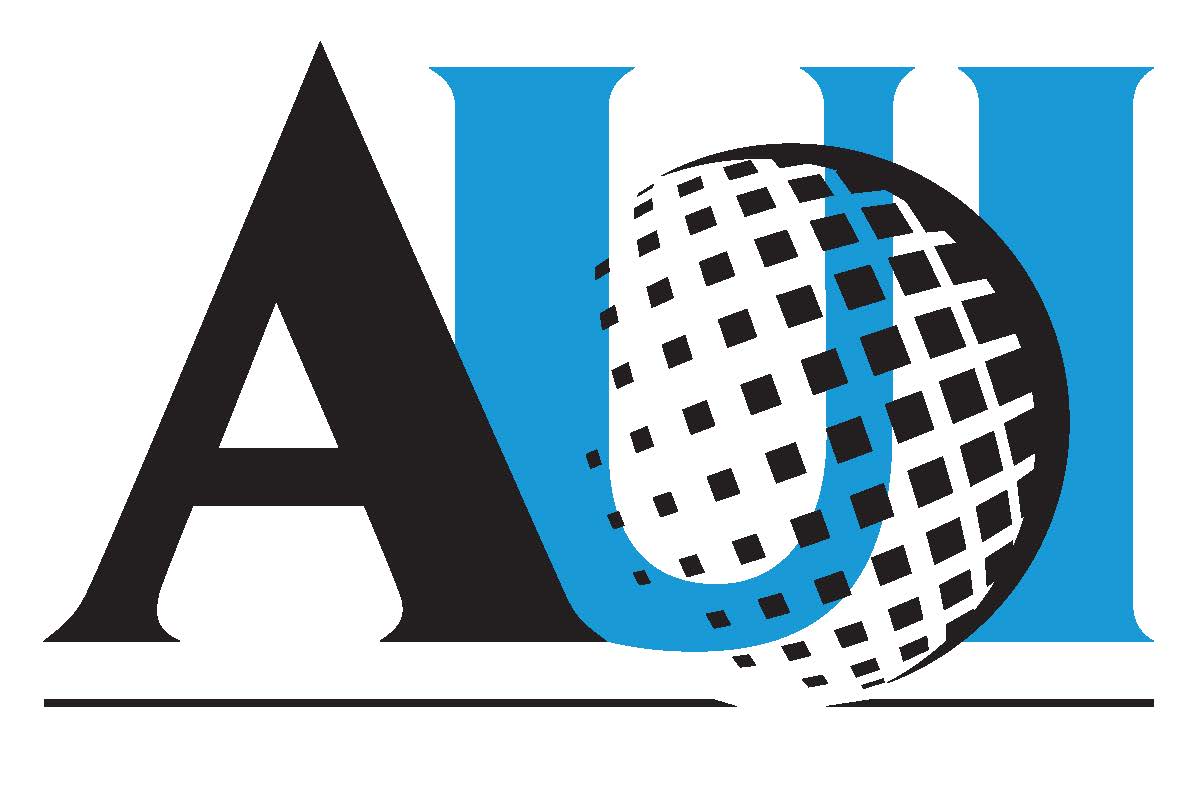ASTRO ACCEL brings together researchers and practitioners in the domains of astronomy education, engagement, communication and culture to connect stakeholders and advance these areas of research, proudly unveils its inaugural cohort of eight early career researchers.
Recent News
NSF Funds New Opportunity for Undergraduate Students
AUI and UNC-Chapel Hill are currently seeking undergraduate students to contribute to cutting-edge research in astronomy education. This paid opportunity, open to education and STEM majors, explores the impacts of new curriculum centered on the use of robotic telescopes.
Stellar Explosions and Cosmic Chemistry
Astronomers have discovered the secrets of a starburst galaxy producing new stars at a rate much faster than our Milk Way. This research revealed many different molecules, more than ever seen before in a galaxy like this.
Applications Accepted for 2018 Astronomy in Chile Educator Ambassadors Program

Cerro Mayu Observatory outside La Serena, Chile. The Milky Way arches over sculptures near the Observatory. The Large and Small Magellanic Clouds can be seen near the horizon (right). Photo taken by 2017 ACEAP Ambassador Matt Dieterich (ACEAP/NSF)
Applications are now being accepted for the 2018 Astronomy in Chile Educator Ambassadors Program (ACEAP).
This program, in its fourth year, brings amateur astronomers, planetarium personnel, and astronomy educators to several U.S.-funded astronomy observatories in Chile. While there, ambassadors will receive behind-the-scenes tours of some of the world’s most productive and advanced telescopes, including in-depth information on their instruments and discoveries.
ACEAP is a collaborative project of Associated Universities, Inc., the National Radio Astronomy Observatory, National Optical Astronomy Observatory, and Gemini Observatory. ACEAP was initially funded in 2015 as a two-year pilot program by the National Science Foundation (NSF). Due to its success, NSF decided to fund the program for an additional two years.
To be eligible for this program, individuals must be U.S. citizens or permanent residents. Ambassadors may be either amateur astronomers, kindergarten through college (formal and informal) educators who teach astronomy as part of their curriculum or program, planetarium educators, or others who communicate astronomy to the public.
The ACEAP partners will select eight ambassadors from across the United States and its territories for the excursion, which will begin on 10 June 2018 and continue through 18 June 2018. This nine-day expedition (not including travel time between the U.S. and Chile) will include stops at the Cerro Tololo Inter-American Observatory (CTIO), Gemini-South Observatory, and the Atacama Large Millimeter/submillimeter Array (ALMA).
APPLY NOW – http://epe.aui.edu/programs/astronomy-in-chile-educator-ambassadors-program/

ACEAP 2016 Ambassadors. Ambassadors visit the Atacama Desert following a successful visit to the ALMA high-site at 16,500 ft. Photo by Tim Spuck (AUI/NSF).
Recent News
ASTRO ACCEL Announces Inaugural Cohort of Early Career Researchers
ASTRO ACCEL brings together researchers and practitioners in the domains of astronomy education, engagement, communication and culture to connect stakeholders and advance these areas of research, proudly unveils its inaugural cohort of eight early career researchers.
NSF Funds New Opportunity for Undergraduate Students
AUI and UNC-Chapel Hill are currently seeking undergraduate students to contribute to cutting-edge research in astronomy education. This paid opportunity, open to education and STEM majors, explores the impacts of new curriculum centered on the use of robotic telescopes.
Stellar Explosions and Cosmic Chemistry
Astronomers have discovered the secrets of a starburst galaxy producing new stars at a rate much faster than our Milk Way. This research revealed many different molecules, more than ever seen before in a galaxy like this.
